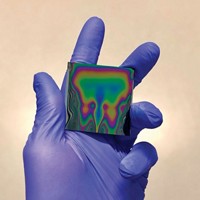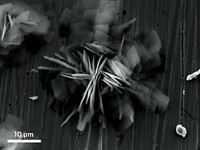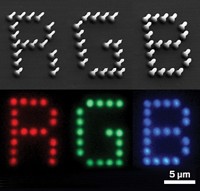Advertisement
Grab your lab coat. Let's get started
Welcome!
Welcome!
Create an account below to get 6 C&EN articles per month, receive newsletters and more - all free.
It seems this is your first time logging in online. Please enter the following information to continue.
As an ACS member you automatically get access to this site. All we need is few more details to create your reading experience.
Not you? Sign in with a different account.
Not you? Sign in with a different account.
ERROR 1
ERROR 1
ERROR 2
ERROR 2
ERROR 2
ERROR 2
ERROR 2
Password and Confirm password must match.
If you have an ACS member number, please enter it here so we can link this account to your membership. (optional)
ERROR 2
ACS values your privacy. By submitting your information, you are gaining access to C&EN and subscribing to our weekly newsletter. We use the information you provide to make your reading experience better, and we will never sell your data to third party members.
2-D Materials
Chemistry In Pictures
Chemistry in Pictures: Not your grandparents’ wallpaper
by Manny I. Fox Morone
April 7, 2021

These alternating curvy patterns hark back to the ’70s, but they actually show a bird’s-eye view of the terraced surface of an iridium crystal. Each curved region represents a one-atom-thick step of the metal. The regions that have been highlighted orange are where Marin Petrović grew borophene—a layer of boron that’s also just an atom thick, is a great conductor of electricity, and has high mechanical strength. Petrović, a research associate at the Institute of Physics in Zagreb, did this by dissolving a boron-containing gas into the iridium crystal at 1,100 ᵒC and then allowing the whole thing to cool. The boron naturally traveled to the iridium’s surface and formed a monoatomic layer, and after about 20 s, all these terraces were covered in borophene.
Credit: The LEEM/PEEM team at the University of Duisburg-Essen/Marin Petrović. Read the paper in ACS Nano (2021, DOI: 10.1021/acsnano.1c00819).
Do science. Take pictures. Win money. Enter our photo contest here.





Join the conversation
Contact the reporter
Submit a Letter to the Editor for publication
Engage with us on Twitter